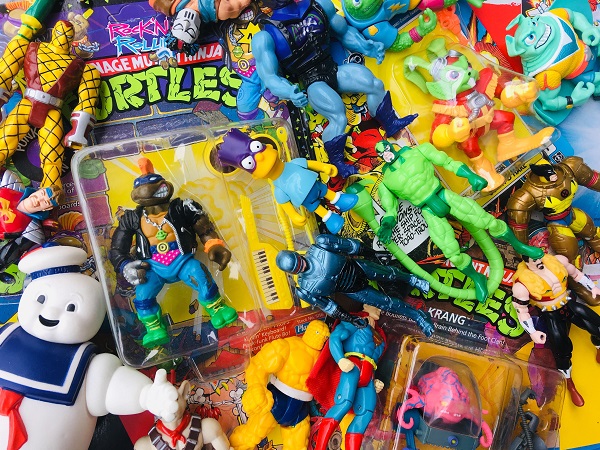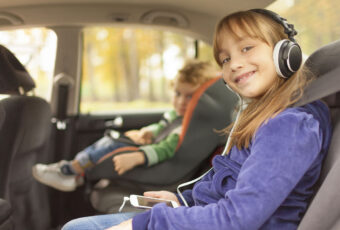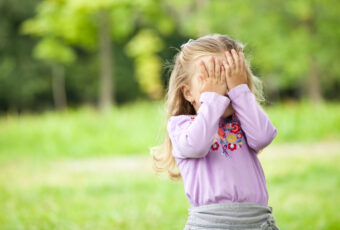Something about looking at our old toys from childhood never fails to tug at our heartstrings. That deep sense of nostalgia that takes us back to a time that brings up warm and fuzzy memories, as well as a shadow of the feeling you had when you used to play with the toy — there’s truly nothing like it. That’s why so many people keep their old toys in hopes of one day passing them on to their children. However, while this is a great idea recycling-wise, it’s not always the best idea health-wise.

Vintage Toys Are Great For Nostalgia, But Not For Health
According to the Consumer Product Safety Commission (CPSC), keeping old toys and giving them to your kids should almost always be a “no.” In 2008, Congress passed a law that set the federal safety standards for all toys that are made in or imported into the U.S., and these standards are the ones that are in place today as well. Toys made before 2008 do not necessarily meet these standards and could potentially contain unsafe levels of lead paint, toxic phthalates, and plenty of other issues.
Press Secretary and Deputy Director of the CPSC Office of Communications Patty Davis shared: “Vintage toys should be kept on a shelf for your enjoyment, not for a child to play with.”
Lead paint was still an issue in 2007, with about a million toys being recalled, which prompted the new law in 2008. As recently as 2017, the industry started to guard against phthalates, which are toxic chemicals that help give plastics a softer quality. It’s almost impossible to know how much of these chemicals are present in an old toy just by looking at it.
In addition to toxic chemicals, you should also think about other hazards that could be present with older toys. Small parts can be a choking hazard, as well as magnets, which can be very dangerous if ingested. When it comes to safety, age-grading truly matters, and without the packaging, it’s hard to know what age group certain toys are appropriate for.

Old Cabbage Patch Dolls May Contain Toxic Chemicals
Now, that doesn’t mean that you have to toss out your old toys. You can keep them until your kids are old enough to appreciate them but still not play with them. This means that your child will be old enough not to put the toy in their mouths and make sure they wash their hands after touching the old toys.
The general rule of thumb is the older the toy, the more likely it has some issue with it by today’s standards. In a 2018 study of migrating toxins in old toys, yellow and red LEGO blocks from the 1970’s tested high for levels of Cadmium, which is a heavy metal that has been linked to kidney and liver issues. By contrast, the yellow and red LEGO blocks from the 1990’s showed none.
If you still want to recycle old toys, try to get them from relatives, friends, or neighbors that have recently grown up kids, and make sure these toys are from the past 14 years and up to snuff when it comes to safety standards. You can also refer to the CPSC recall site to make sure the toys are safe.

Vintage LEGO Blocks May Contain Cadmium








